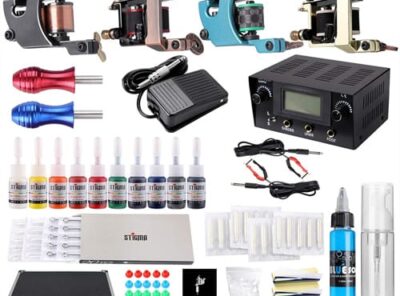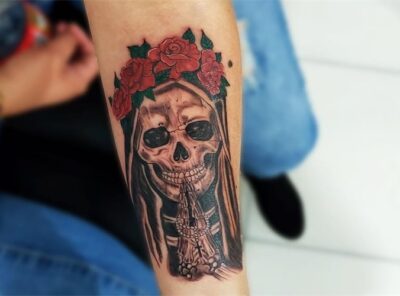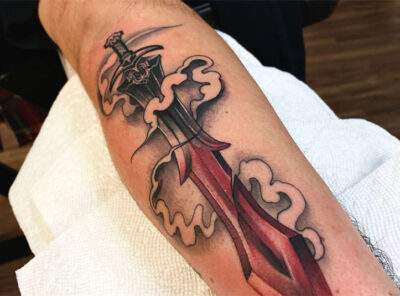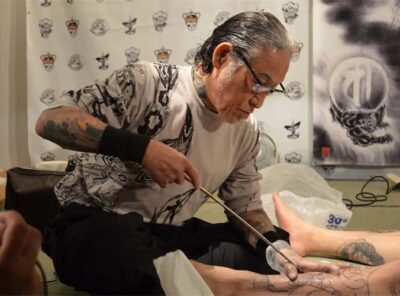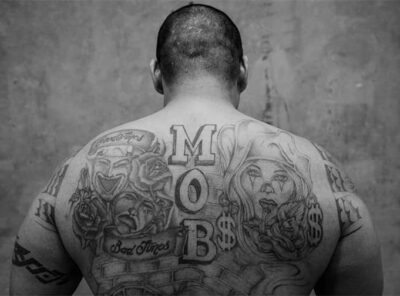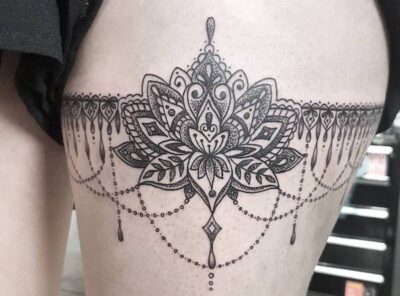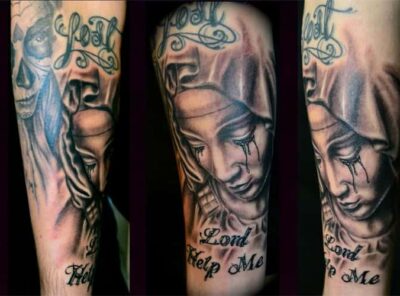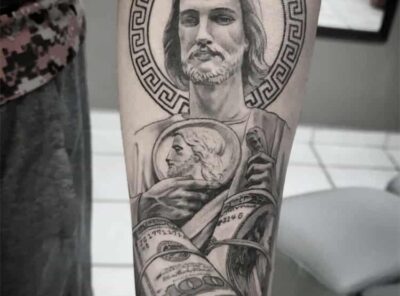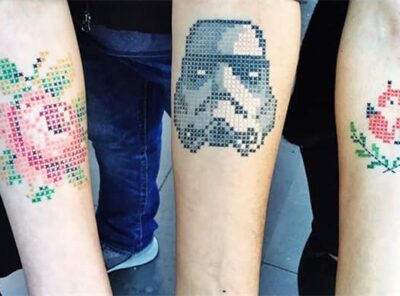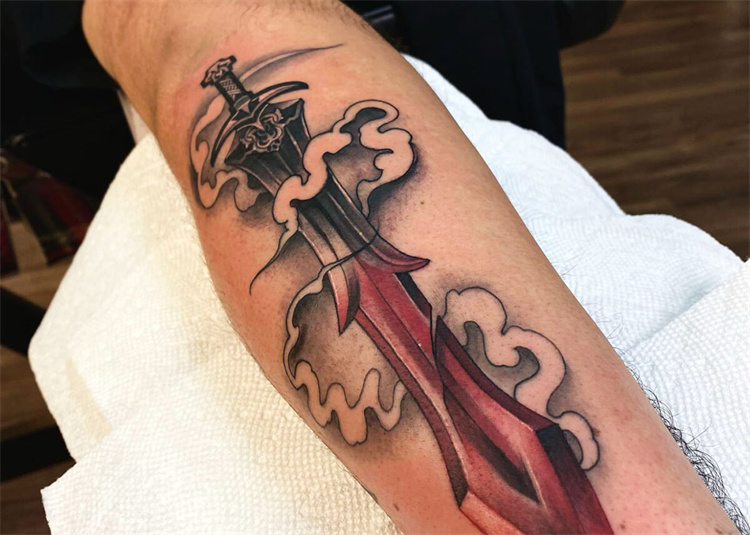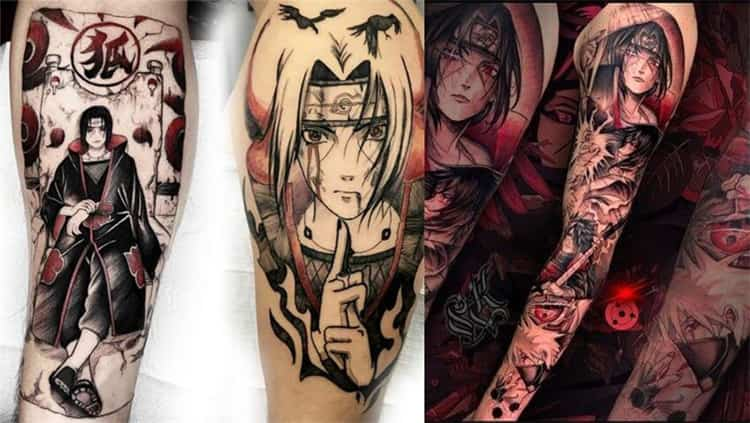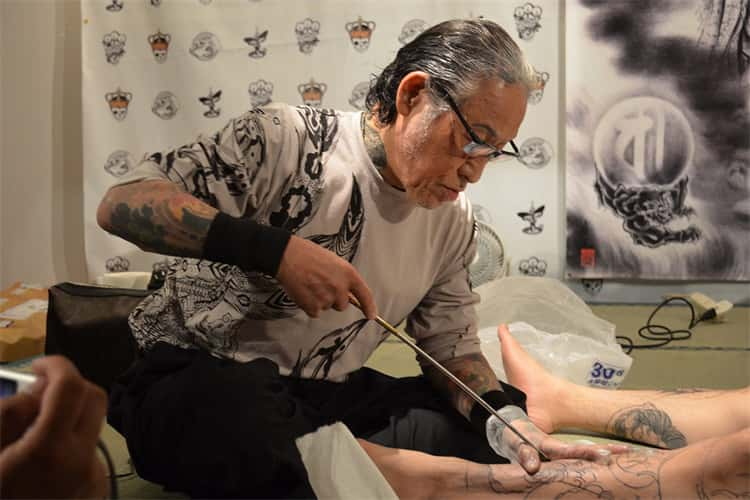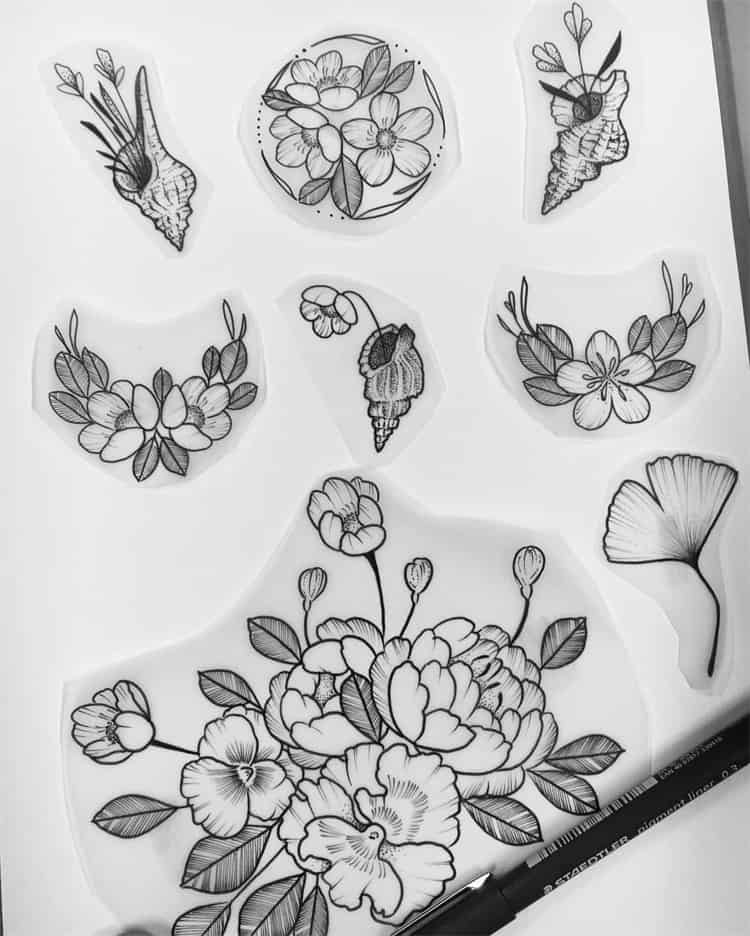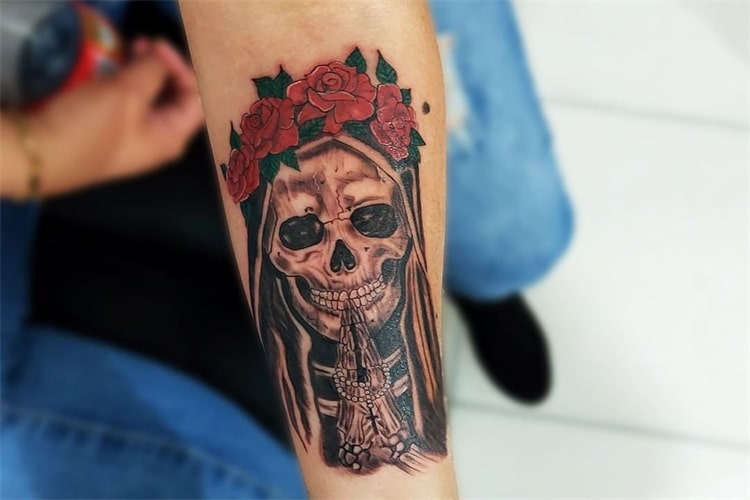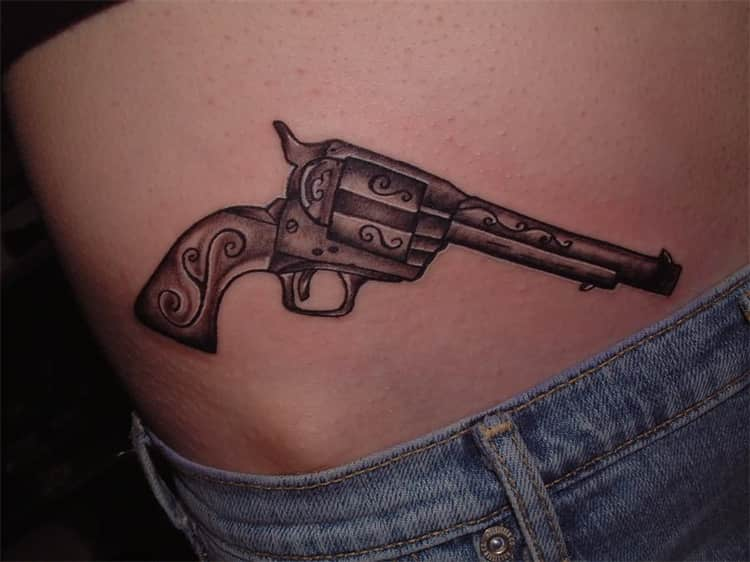Skin Stitch Tattoo: Everyone Must Know About
History of Skin stitch tattoo
Skin-stitch tattoos were used in ancient cultures to appease the gods, assure fertility, and defend against evil. While many worried that this was a dying art form, experts feel it is experiencing a revival.

The practice, which involves skin stitching or hand-poke or stickand-poke, dates back at least 10,000 years. Tattooing was practiced by all Inuit ethnographically, but was particularly frequent among women and would mark an achievement or attaining a certain milestone in life.
What are Skin stitch tattoos?
Stitch tattoos, sometimes known as suture tattoos, provide a lifelike, three-dimensional appearance.” They are made to look like actual stitches by employing a number of techniques such as dot work, thin lines, and shading.
These tattoos can be used to make a wide range of designs, ranging from simple linear patterns to more elaborate and ornate images. One of the most appealing aspects of stitch tattoos is their adaptability. They perform well on diverse sections of the body and can be utilized to enhance a wide range of tattoo styles, from conventional to realism. They can also be tailored to each client’s specific preferences and styles, adds Sunny Bhanushali, star tattoo artist and founder of Aliens Tattoo.
This tattoo is entirely based on the crochet and patchwork styles. It provides a three-dimensional powerful effect with a realistic appearance that states a sharp and clear message that the bearer wants to express through the tattoo without covering up your entire arm and torso. This tattoo is a new style that is gaining popularity, particularly among those looking for modest, creative tattoos.
Why do people wear skin Stitch Tattoos?
In his article “Many Stitches for Life: The Antiquity of Thread and Needle Tattooing,” tattoo anthropologist Lars Krutak discusses how indigenous peoples around the world viewed skin-stitched tattoos not only as a beautiful form of self-expression but also as a way to retain their ancient cultural values and pay homage to their ancestral ties.
Not only were these tattoos used to communicate a person’s ideas and desires, but they were also regarded to have a mystical meaning.
Three vertical bars tattooed on the cheeks of St. Lawrence Island, Alaska women, for example, were thought to encourage fertility, while other markings were thought to protect them from unseen foes or illnesses brought on by evil spirits.
Meaning and symbolism of skin stitch tatoos
This sort of tattoo is worn by persons who enjoy confronting risk and being prepared for anything may occur. Because men occasionally use safety pins as weapons against women, it’s also symbolic of their struggle with domestic abuse.
Stitches are widely connected with the LGBT punk movement because it denotes power in numbers: knowing you’re not alone despite what society tells you. Everyone is united, so no one feels alone; instead, they feel liberated. Because they have each other’s backs, the more people there are, the stronger they grow.
Cultural significance of Skin stitch tattoos
Meraki is a world-renowned tattoo artist who is said to be the only European tattoo artist educated in the ancient art of Iban hand tap tattooing, which she learnt while living with the Iban tribe in Borneo and West Sumatra. And it was while studying tattoo anthropology that she first encountered stitched tattoos. This tattooing style has been practiced by the Inuit for millennia.
For millennia, Inuit women were tattooed using bone needles and carbon-soaked thread, which they embroidered in traditional designs in the skin.
This practise was ridiculed by colonial missionaries approximately a century ago, but it is now observed by elders and in history books, she adds, adding that many generations felt it was shameful to wear their ancestral tattoos.
The demand for stitching tattoos is increasing rapidly, and in my experience, we encounter at least two clients every day who are looking for this art and want to learn more about it. Stitch tattoos are an intriguing and new trend due of their distinct and enticing style.
Skin stitch tattoos meaning in Modern age
Having a visible tattoo is now frowned upon in many professions. Tattoos are thought to be a symbol of juvenile rebellion or a form of protest from disenfranchised people railing against the foundations of traditional society due to their close relationship with those who do not necessarily adhere to social norms and mores. However, with the introduction of social media and changing media attitudes, society’s perception of tattoos has shifted dramatically.
Tattooing is now seen as an art form that tries to convey an individual’s ideas. Tattoos are no longer considered a fashion statement. They’ve gotten more important, and people are getting tattoos that signify something to them, whether it’s their faith or something really close to them. People’s attitudes about tattoos have shifted in recent years, according to Sameer Patange, Founder of Kraayonz Tattoo Studio.
Even as we welcome technical progress and modernity, we are also attempting to reconnect with our roots. This is one of the key reasons why skin stitching tattoos are making a comeback. However, there is another important reason.
Tattooing, you know, has always been linked with rebel people who have questioned the existing quo. This current passion for skin stitching tattoos is also about standing up to injustice. It is about speaking out against growing urbanization, which is drastically altering indigenous people’s lifestyles. Forest dwellers rely on nature for raw ingredients to sustain their lives.
Our selfish desire for quick ‘growth’ is wreaking havoc on their natural habitats. We are robbing them of the land where they generally establish their homes and can find enough of raw materials for nutrition.
How painful is Skin stitching tattoo?
Typically, wounds get numbed using a medication called lidocaine. You can expect some slight burning or stinging during the numbing process. It doesn’t last long, and thankfully the suturing process is painless once it takes effect. After the wound is numb, it can be thoroughly inspected and cleaned out.
How does skin stitching tattoo work?
Skin-stitching is a process of sewing through the skin using a needle and thread dipped in ink, leaving a mark that darkens as it heals methods older than any texts we can locate on kakiniit.
To soak the ink, a thread is threaded through the eye and pulled across it. The needle is then sewed into the skin, up and down, up and down, and the pigment is deposited in the needle’s channel. This is highly skilled work that the tribe’s oldest women typically perform.
Does Skin stitching tattoo hurt after?
For the first few days and weeks after receiving your tattoo, it will be quite red and sore, and depending on the size, it may be more painful for a longer amount of time.
What is the best Tattoo kit for beginner?
I recommend Hawink Rotary Tattoo Kit for Beginners. (Best Cost Effective)
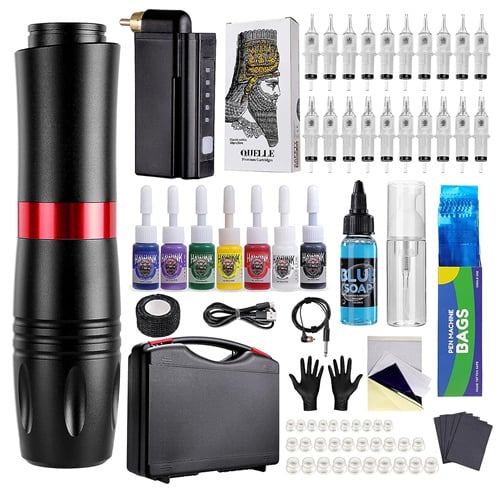
This Hawink Rotary Tattoo kit is another excellent alternative for those who value quality over money. This ultimate package include a Japanese scoreless motor that produces less noise and is very long lasting stability, even after hour of use.
The tattoo guns ergonomic and elegant design is very pleasing to the eye. The package comes with 20 cartridge needles, a power supply, a power wire, one ink carteidge, and one foot pedal. We understand that investing a liege sum of money requires guts, but this package will undoubtedly be worthwhile of your money . The kit includes all of the necessary accessories, making the investment worthwhile. A beginner will also appreciate this kit because it perfect for shading and line.
- It is gentle on the skin.
- Excellent for shading and line
- Simple to set up
- The tattoo machine is a little larger
Related:
best stick and poke tattoo kit
best tattoo starter kit for beginners

